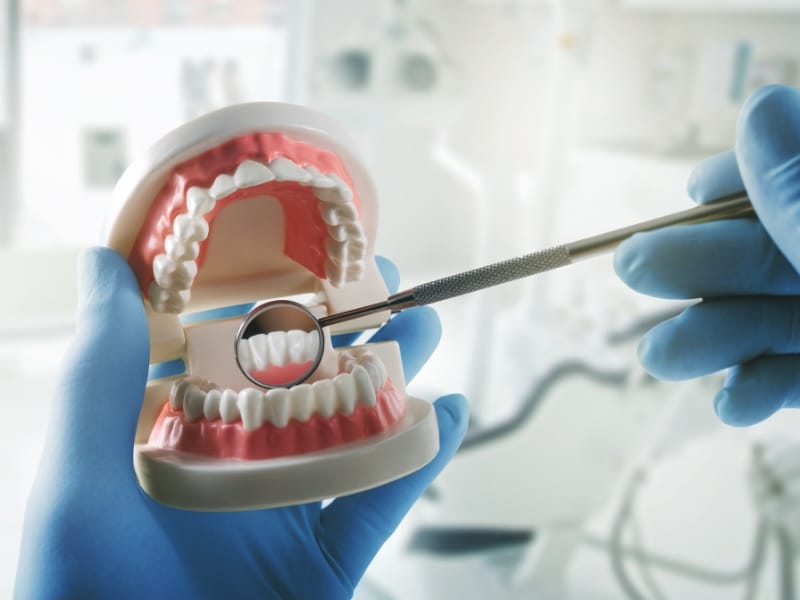When it comes to general dentistry, few procedures get more complex and technically demanding that root canal therapy (endodontic treatment). It is no wonder that patients are sometimes overwhelmed by the information overload they are given at each appointment. Here is some useful information regarding root canal therapy and why it is performed so regularly.



